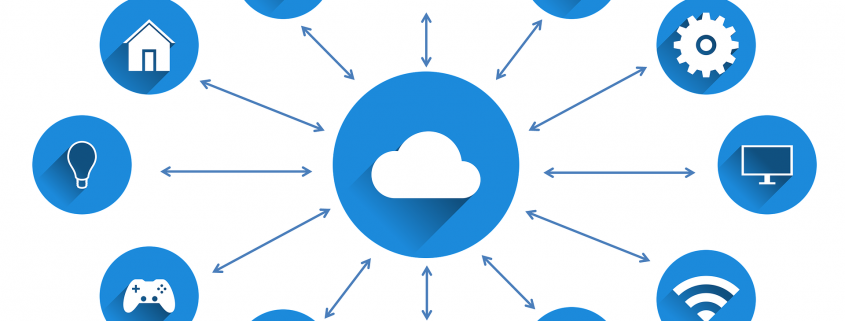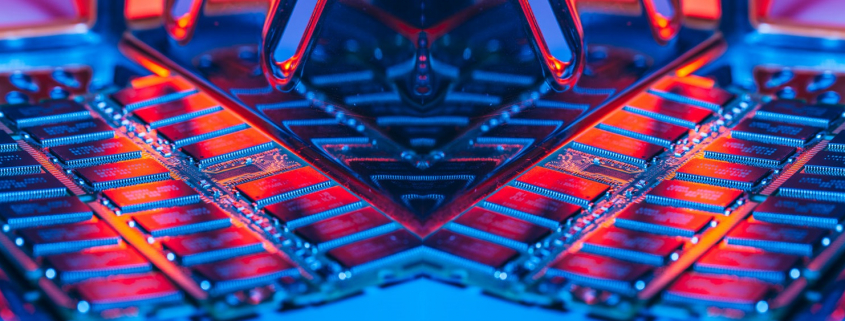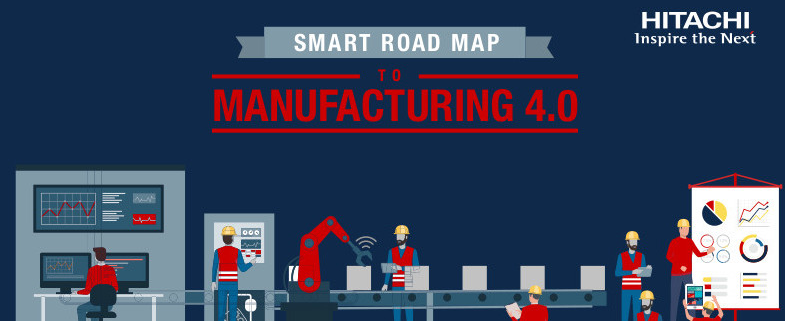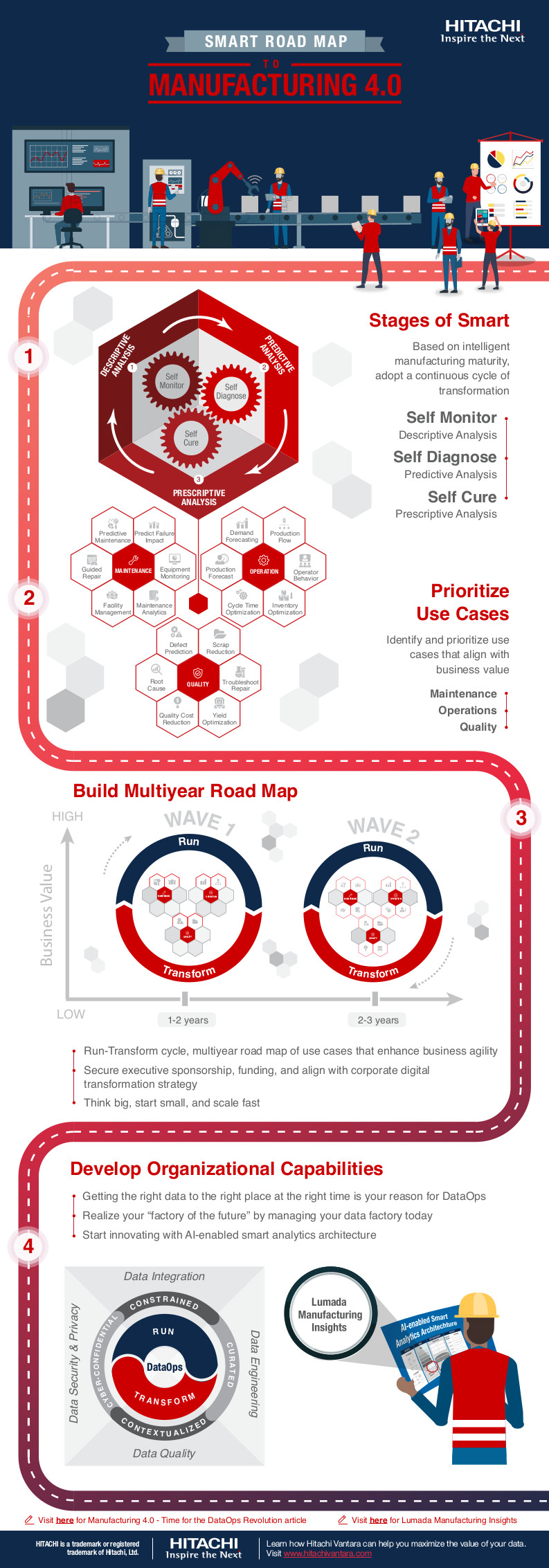How the Internet of Things Technology is Impacting the World
Internet of Things, or commonly referred to as IoT, is disrupting industries and arguably making the world a much better place because of it. Some of the main industries are actually listed below.
Manufacturing
The first industry that is seeing a revival from the Internet of Things technology has to be manufacturing. The ways that IoT technology is impacting systems and processes are saving companies and a lot of money and making them more efficient for more profits.
On the factory level, they can predict and presume when a machine needs to go, replaced, or improved upon using IoT technology. On the consumer side of things, they can use the Internet of Things technology to see how customers are using their products, and how they can improve it.
Cars
The automotive industry is also seeing things like connected cars Internet of Things software pop up, and it is changing the industry. The technology lets users get diagnostic information and it lets them be connected to the internet.
Letting users always be connected to the internet is useful in so many areas, and it really would be hard not to find benefit from it.
Public Transportation
Another thing that is related to the general automotive industry is the transportation industry and how the public moves. By using the Internet of Things technology, we can track the diagnostics, fuel, and driver patterns of public transportation.
All of this can increase the effectiveness of public transportation and end up saving the public more money if the drivers are more efficient in the routes that they take across cities.
Housing
The real estate and housing market is the biggest in the world, so naturally, they are going to take advantage of something like the Internet of Things software.
We are starting to see the housing sector take up on smart products in their home, but the Internet of Things is going to eventually make the whole home smart. A refrigerator connected to the internet is most likely coming if you think about it.
While it may seem weird to have everything connected and no appliances are just old school, you can certainly expect this to happen soon. The only problem is, most of the old appliances need to go bad before people have the urge to go out and get a new appliance that is connected to the internet.
Energy and Utilities
The utility market is exploding with the growth of the IoT software because of its many uses. Before, we used to have someone come and read your meter or check for leaks. Now, the connectivity of everything can be monitored from another place, and no one has to show up to your house to read a meter.
It really is a win-win situation for both providers and consumers in the utility and energy sector. It will be very interesting to see how the Internet of Things impacts the world and flips some industries on their side.




